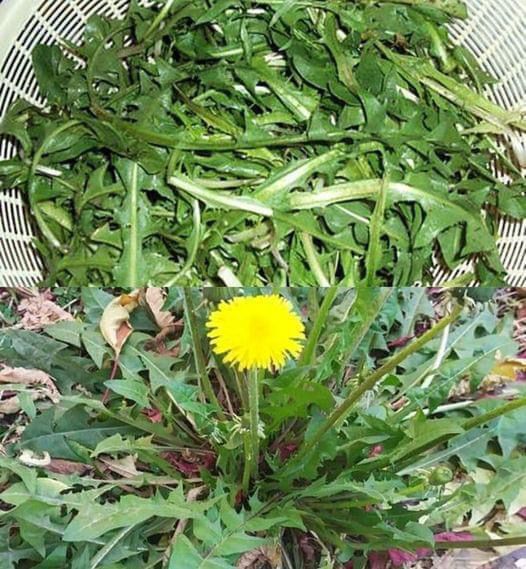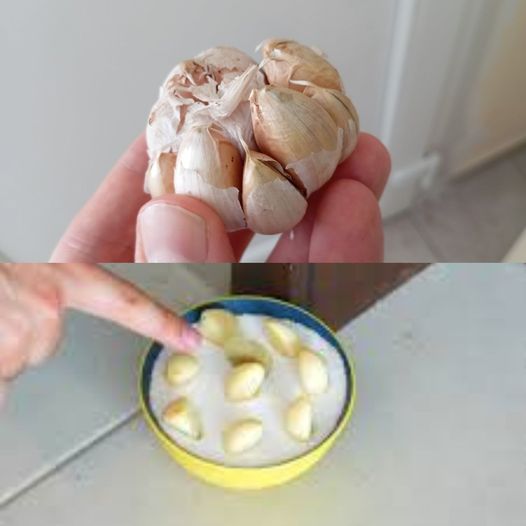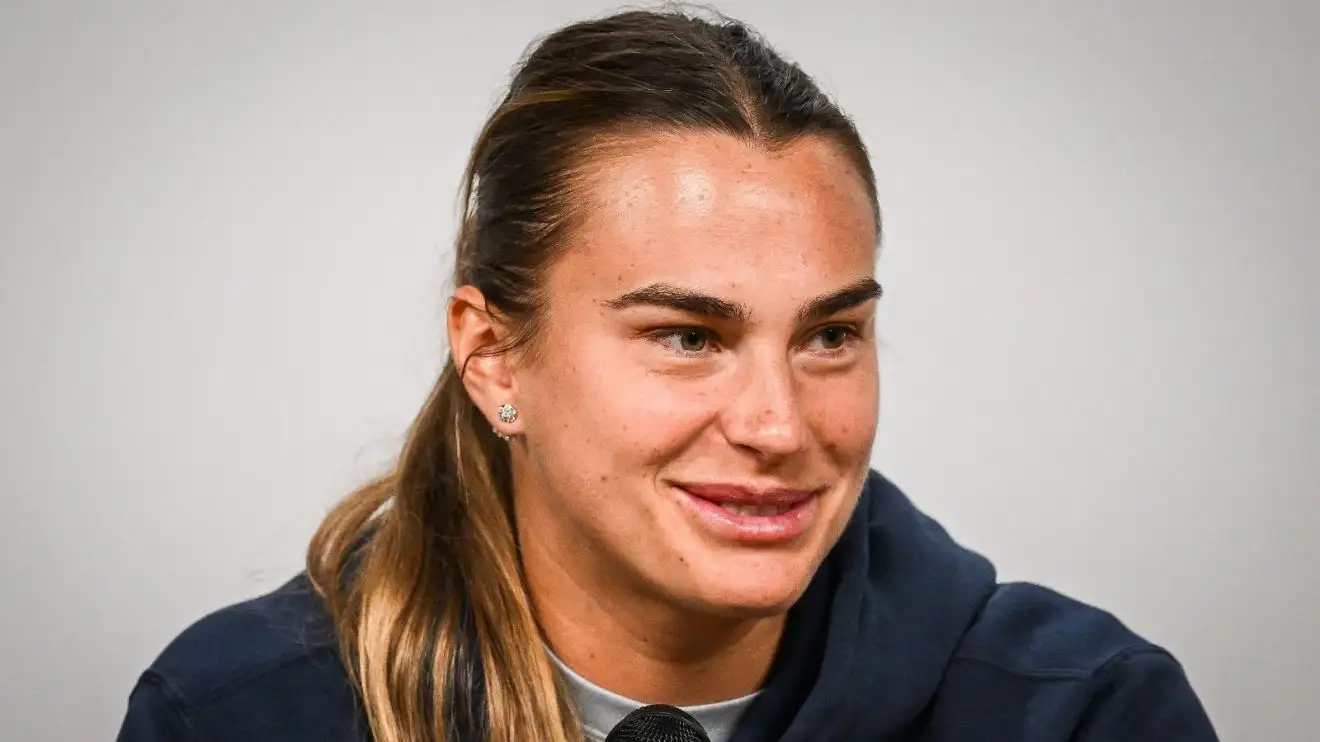In a world where tennis players dream of mastering a single surface, Iga Świątek has not just mastered clay—she has dominated it. With two French Open titles already in her young career, Świątek has carved a niche as one of the fiercest competitors on the red dirt, earning comparisons to legendary clay-court champions. But what exactly makes her so unstoppable on clay? Here’s a look at how the Polish sensation became the Queen of Clay, the unique elements of her game that set her apart, and why, right now, she seems unbeatable on the surface.
### Early Beginnings: Finding Her Footing on Clay
Iga Świątek grew up in Warsaw, Poland, where clay courts are common, allowing her to build a foundation on the surface from an early age. Her initial training on clay helped her develop the patience and endurance required for success on this slower, more challenging surface. She learned to construct points, waiting for the right opportunity to strike rather than rushing her shots. This early education on clay laid the groundwork for her future success, ingraining in her an instinctual understanding of how to control rallies and set up winning points.
As a junior, Świątek’s results on clay were promising, capturing attention with her tactical acumen and adaptability. She thrived in tournaments like the French Open Juniors, where her aggressive but calculated style showed she was not only comfortable but also confident on clay. Świątek’s time spent learning the nuances of clay at such a young age was the first stepping stone on her journey to becoming the Queen of Clay.
### A Breakthrough Moment: Winning the 2020 French Open
Świątek’s breakthrough came in 2020 when she won her first French Open title at the age of 19, becoming the first Polish player to win a Grand Slam singles title. Her dominance throughout the tournament was jaw-dropping—she didn’t drop a single set and won most of her matches by large margins, dismantling top-seeded players with ease. Her victory sent shockwaves through the tennis world, making it clear that a new clay-court phenom had arrived.
What stood out was Świątek’s ability to control points from start to finish. She combined power, precision, and patience, dictating play while moving her opponents around with forehand angles and aggressive backhands. It was here that tennis fans and analysts began recognizing her unique approach to clay—a blend of tactical patience and power that allowed her to outthink and outmaneuver her opponents.
### The Game-Changing Forehand
One of Świątek’s most powerful weapons on clay is her forehand. Her ability to generate heavy topspin on her forehand allows her to hit with depth, making it difficult for opponents to attack her shots. The topspin not only helps her control the ball better on clay but also allows her shots to bounce higher, which forces her opponents to hit back from a less comfortable position.
This forehand is a weapon that disrupts rhythm and keeps her opponents on the back foot. By creating sharp angles and dictating play, Świątek can seize control of rallies and set herself up for a powerful winner or a put-away at the net. This heavy topspin forehand has drawn comparisons to Rafael Nadal’s famous shot, and for good reason. On clay, Świątek’s forehand is almost unreturnable, a signature of her game that has contributed immensely to her dominance.
### Movement and Sliding: A Match Made for Clay
Clay requires a different approach to movement than other surfaces, and Świątek’s movement on clay is nothing short of exceptional. Her ability to slide into and out of her shots on clay gives her an edge, allowing her to stay balanced while covering the court with ease. Unlike hard courts, where a player’s movement can be halted by the surface, clay allows for more fluid movement, and Świątek’s training and experience on clay have given her an almost effortless grace in her footwork.
This slide-and-glide style allows her to reach balls that seem out of reach for her opponents. It’s a skill that takes years to master, and Świątek has made it look second nature. She often turns defense into offense, sliding into tough positions and hitting powerful, angled shots that catch her opponents off guard. This fluid movement gives her the confidence to be aggressive even on the toughest points.
### Mental Resilience: Building a Champion’s Mindset
Beyond her physical and technical skills, Świątek’s mental toughness is a key factor in her success on clay. The demands of clay-court tennis require not only endurance but also the ability to stay calm and patient through long, grinding rallies. Świątek is known for her mindfulness practices, using techniques like visualization and breathing exercises to stay focused and composed, especially during high-stakes moments. She frequently works with a sports psychologist, which has helped her develop a mindset that is resilient under pressure.
In matches that stretch over multiple sets, Świątek’s calm demeanor and focus give her an edge. She can reset quickly after mistakes and doesn’t let frustration get the best of her, an attribute that sets her apart from many of her peers. Her mental strength, combined with her physical endurance, has made her especially tough to beat on clay, where matches often require long rallies and extended concentration.
### Mastering the Drop Shot
One of Świątek’s secret weapons on clay is her drop shot. The slower pace of clay makes it easier for players to retrieve balls, but Świątek’s ability to mix in well-timed drop shots keeps her opponents guessing. Her drop shots are carefully disguised, often catching her opponents off-guard and drawing them into the net where they are less comfortable.
By using drop shots strategically, Świątek adds an extra layer of unpredictability to her game. Opponents can’t just stay at the baseline or back up in preparation for her heavy topspin; they must constantly be prepared for a short ball. This variation in her game disrupts her opponents’ rhythm and opens up the court, giving her opportunities to pass or lob her opponents.
### Consistency and Dominance: The Numbers Speak for Themselves
Świątek’s dominance on clay isn’t just visible in her play—it’s also evident in her numbers. Since her breakthrough at the 2020 French Open, her win-loss record on clay is among the best in the sport. Her consistency on this surface is remarkable, with her often stringing together winning streaks that underline her superiority. This ability to sustain high performance over an entire clay-court season is a rarity in tennis, where even top players struggle with consistency on clay.
In 2022, Świątek went on a 37-match winning streak across all surfaces, a record that included numerous dominant performances on clay. This streak not only highlighted her consistency but also solidified her status as the player to beat, especially on clay. Her high level of play, even when under immense pressure, is a testament to her preparation, skill, and mental focus.
### Świątek’s Rivals: Rising to the Challenge
Another reason why Świątek remains the Queen of Clay is her ability to rise to the occasion against top-tier opponents. She has faced off against seasoned clay-court players like Simona Halep, Ashleigh Barty, and Ons Jabeur, yet she has consistently outplayed them with her superior tactics and powerful baseline game. Świątek doesn’t just win—she dominates, often leaving her opponents with few options to counter her aggressive style.
While her rivals bring diverse playing styles and experience to the table, Świątek’s completeness as a player allows her to adjust to any situation. Her rivals know they’re up against a player with no glaring weaknesses, which only adds to the intimidation factor. This adaptability makes her especially difficult to beat, as she can respond to different challenges with equal ease.
### A Legacy in the Making
At just 23, Iga Świątek is still at the beginning of her career, but her accomplishments on clay are already cementing her legacy. With multiple French Open titles and an ever-growing list of accolades, she’s not just the best player of her generation on clay—she’s a potential all-time great. As she continues to refine her game and gain experience, there’s little doubt that Świątek’s reign on clay is far from over.
Her journey from a junior player with potential to the Queen of Clay is a testament to her hard work, discipline, and love for the sport. She embodies the perfect mix of physical skill, mental resilience, and tactical intelligence that makes a true champion. And as she continues to evolve, Świątek’s dominance on clay is likely to grow, challenging the next generation of players to reach her level.
### Conclusion: Why No One Can Stop Her
Iga Świątek has established herself as an unparalleled force on clay courts, and right now, it’s hard to imagine anyone dethroning her. Her game combines power, precision, and an uncanny ability to adapt—all of which make her nearly unbeatable on clay. From her crushing forehand and seamless movement to her mental toughness and tactical mastery, Świątek has every weapon needed to reign supreme.
In a sport where players struggle to find consistency, Świątek’s dominance on clay is a breath of fresh air. Her relentless pursuit of excellence and her love for the game have turned her into the Queen of Clay, a title she’s likely to hold for years to come. And as tennis fans, we’re fortunate to witness a player who not only excels but elevates the game, making every clay-court season one to look forward to.



